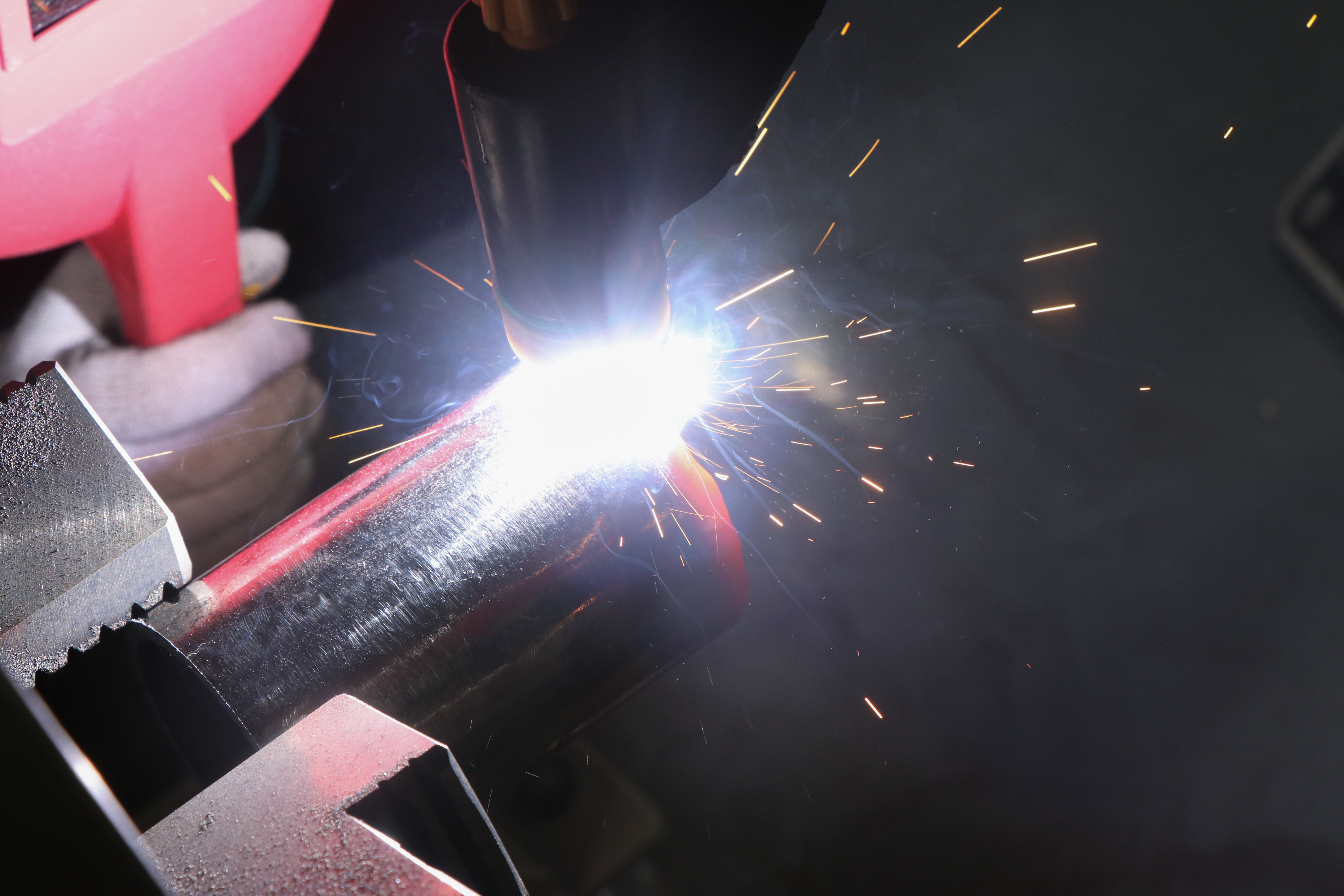Preamble
Plasma cladding has been in the spotlight for the past few years as a method of welding that provides high-quality, efficient, and environmentally friendly welding for a wide range of applications in aerospace, energy, electronics, and industrial manufacturing. Recent research has shown new advances in plasma cladding welding technology, so let’s take a look at the changes.
Progress and change
First, researchers have made the plasma cladding welding process more stable and controllable by improving the electrode material and structure. This improvement allows the technology to be better applied to the welding of a variety of complex materials, such as high-strength steel, ceramics and metal alloys. This is due to the new electrode material’s better thermal properties and conductivity, which allows the ideal welding temperature to be reached more quickly and also reduces the amount of impurities and bubbles generated during the welding process. In addition, the design of the new electrode structure can also better control the distribution of the plasma flow and improve the welding precision and quality.
In addition, the use of new electrode materials can also effectively reduce the welding temperature and reduce the negative impact on the environment during the welding process. This is because the new electrode materials have a higher electrical conductivity, so lower voltages and currents can be used to achieve the ideal welding temperature, thus shortening welding time and reducing energy consumption. This is important for protecting the environment and reducing carbon emissions.
Secondly, plasma cladding welding technology has also benefited with the application of artificial intelligence and machine learning in industrial production. Through real-time monitoring and data analysis, welding parameters can be adjusted in real time to ensure consistent welding quality. This is because artificial intelligence and machine learning algorithms can recognize changing trends in the welding process and adjust voltage, current and welding time in a timely manner, thus ensuring consistent weld quality. In addition, machine learning algorithms can also predict problems that may occur during the welding process, such as welding notches and welding de-kissing, and take measures in advance to ensure the safety and reliability of the welding process.
In addition, the degree of automation of plasma cladding welding technology has been improved. Through the application of digital technology and robotics, automated welding can be realized, reducing manual operation and improving welding efficiency and precision. This is important for mass production and precision welding. The new robot adopts visual recognition and sensing technology, which can track the shape and position of the welded object in real time and adjust the welding parameters to ensure the consistency of welding quality. In addition, the new robot can work in hazardous environments to protect the safety of workers.
In addition, the development of new plasma cladding welding equipment continues to promote the progress of this technology. The new generation of equipment uses high-speed digital control systems, high-precision sensors and intelligent diagnostic systems to make the welding process more intelligent and efficient. This is because the new equipment can monitor the parameters of the welding process in real time, such as voltage, current and temperature, and early adjustment of welding parameters to ensure the consistency of welding quality. The new equipment can also detect the shape and position of the welded object in real time and adjust the welding parameters to improve welding precision.
In addition, the mobility and ease of use of the new equipment has been improved, allowing the technology to be used in more scenarios and expanding its application areas. The modular design of the new generation of equipment allows it to be quickly mounted and dismounted for use in different scenarios, such as on production lines and in on-site maintenance. In addition, the new equipment also supports remote control and monitoring, allowing real-time monitoring of the welding process at different locations to ensure welding quality and efficiency.
It is worth mentioning that the new plasma cladding welding technology is also driving the development of new materials and products. For example, the development of new high-temperature molten metal and glass materials provides a new material base for the development of aerospace, energy and electronics. In addition, new plasma cladding welding technologies are being used in medical devices and biomedical applications such as orthopedic bracing and tissue repair, bringing new hope for human health and well-being.
look Forward
Overall, new advances in plasma cladding welding technology continue to drive the development and application of the technology. With the development of material science, artificial intelligence and digital technology, plasma cladding welding technology will continue to make new achievements and bring more convenience and innovation to our life and work.
More Plasma Information
Post time: Apr-22-2024
